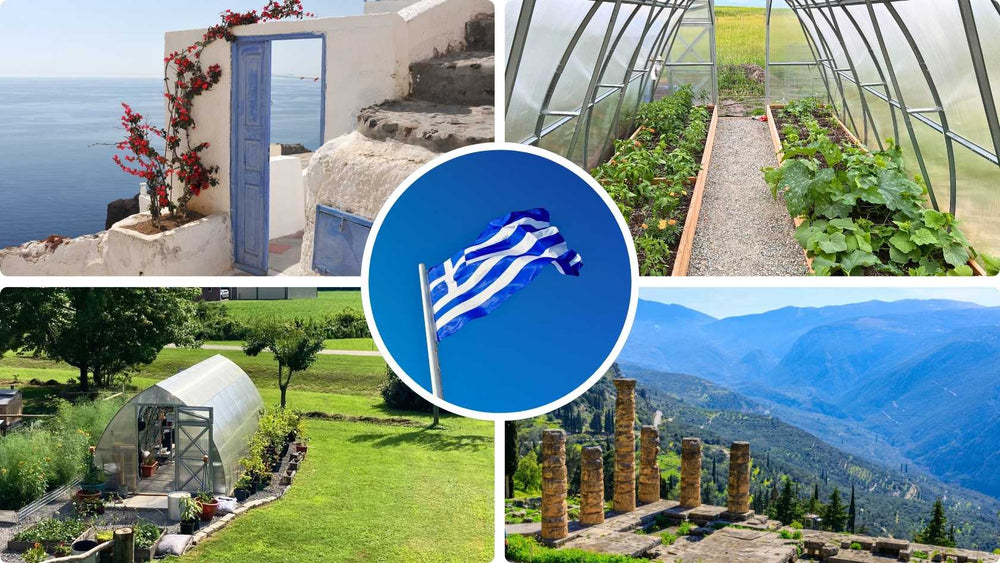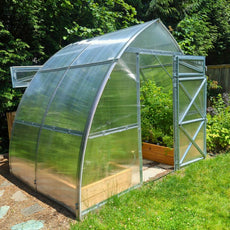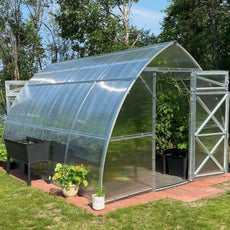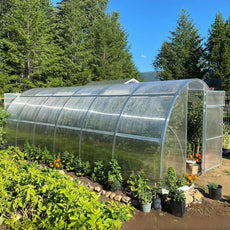In this article, you will learn:
- Characteristics of Greece’s Growing Regions
- Challenges of Gardening in Greece
- The Benefits of Using a Greenhouse in Greece
Greece experiences a typical Mediterranean climate along its coastline and islands, transitioning to an alpine climate in its mountainous interior. Summer temperatures commonly range from 28°C to 38°C, while winter temperatures vary from 12°C in southern coastal areas to below freezing in northern and mountainous regions.
Understanding these distinct microclimates is crucial for successful gardening and crop management in Greece.

Image from Plant Maps
Characteristics of Greece's Growing Regions
Greece's weather patterns significantly influence horticultural practices:
- Mediterranean climate with long, dry summers and mild winters in coastal areas
- Continental climate with cold winters in northern regions
- Summer temperatures regularly reach 35-38°C
- Winter temperatures range from -5°C in the north to 12°C in the south
- Extended dry periods from May to September
- Strong "Meltemi" winds in the Aegean during the summer months
- Varied rainfall patterns, with western Greece receiving more precipitation
These weather patterns create distinct growing challenges, particularly during the long summer drought.
The primary growing season typically spans 8-9 months in southern regions and 6-7 months in northern areas, depending on elevation and proximity to the sea.
Challenges of Growing in Greece
Summer Drought
Extended dry periods, particularly from May to September, create significant challenges for water management and plant survival.
Strong Winds
In summer, the Meltemi winds can damage plants and increase water evaporation, particularly in the Aegean islands and eastern coastal areas.
Variable Temperatures
Significant temperature fluctuations between coastal and inland areas require careful plant selection and protection strategies.

The Benefits of Using a Greenhouse in Greece
Utilizing a greenhouse in Greece protects against harsh Mediterranean conditions while enabling year-round cultivation opportunities.
Extend Your Growing Season
- Without a greenhouse:
The outdoor growing season in Greece varies significantly. In coastal/Island regions, it is March through November, while in northern/Mountain regions, it is April through October.
- With a greenhouse:
Greenhouses in Greece can enable year-round cultivation, which is particularly beneficial for winter vegetable production and early spring starts.

Grow a Wider Variety of Vegetables
- Without a greenhouse:
Greek gardeners typically focus on traditional Mediterranean crops such as:
|
|
- With a Greenhouse:
A greenhouse in Greece allows for cultivation of diverse crops throughout the year:
|
|





